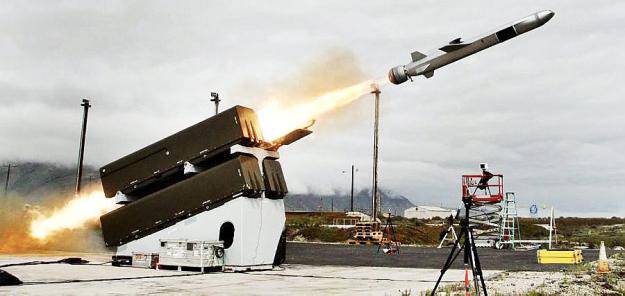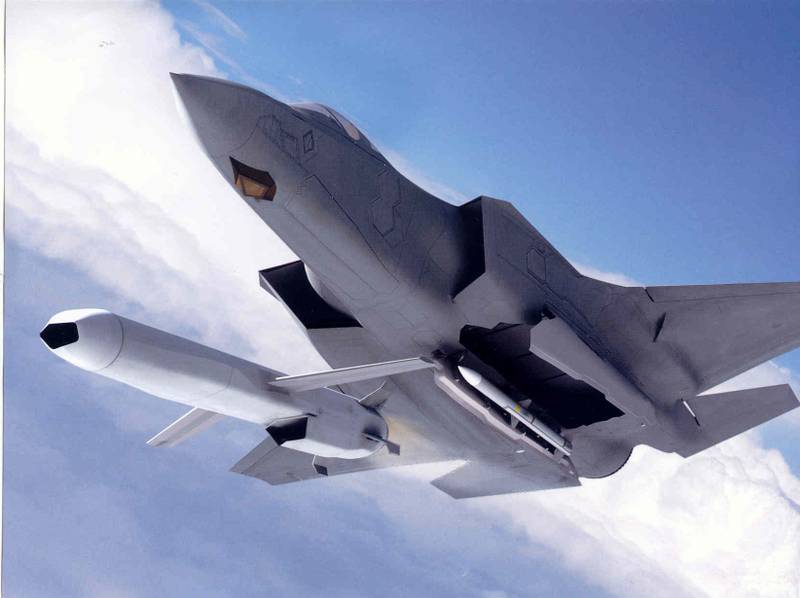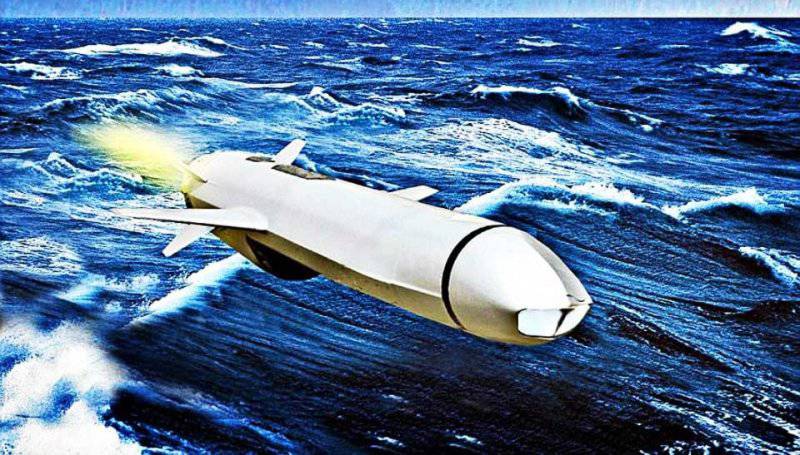NSM - Norwegian Super Rocket

After the development, which lasted about 15 years, the newest cruise anti-ship missile, the English name of which sounds like Naval Strike Missile, and the Norwegian Norsk sjømålmissil, which can be translated as “Norwegian anti-ship missile NSM”, is finally ready to take its place in the country's armament. At the moment, the last tests in the USA are being conducted over the missile complex, which are proceeding quite successfully. This rocket is self-guided, it is capable of hitting various sea targets located at a distance of 200 km.
According to weaponsFirst of all, the Norwegian Navy frigates will be equipped, as well as coast guard transport. Also, this missile system can be placed on helicopters, relatively new multi-role fighters, cars and a variety of coastal complexes. According to Harald Onnestad, who is the executive director of Kongsberg Defense Systems, the developer of these weapons, the missiles can be placed on frigates, corvettes, and this will provide reliable protection for the Norwegian coast. This weapon system was created taking into account the climate of the country, as well as taking into account the landscape of the coastal zone, this weapon can also be an excellent option for arming the allied countries.
The NSM rocket is made according to the standard aerodynamic design, equipped with four all-turning rudders located in the tail section of the hull, and also has a middle-folding wing. The design of the missile provides a means to reduce thermal and radar visibility. The case has no sharp edges and contrasting slits, in addition, when it is realized, radio-absorbing and composite materials are used.
RDTT is used as a starting accelerator. The rocket is equipped with a TRI 40 turbojet engine, which was developed in France by Microturbo. This engine is small, single-shaft, it is also equipped with a four-stage axial compressor, where the pressure ratio varies from 3.83: 1 to 5.58: 1, in addition it is equipped with an annular combustion chamber. In addition, it is capable of developing static take-off thrust near 2.5-3.0 kN, despite the fact that its own weight is only 44kg, its maximum transverse size is 280mm and length 680mm. It should be noted that the engine operates in a very wide flight range, capable of maneuvering depending on the altitude and speed. Starting the engine is performed by autorotation at altitudes from 0 to 5300m at flight speeds of 0.5-0.9M or by a pyrostarter. In order to carry out the flight program and the necessary regulation, the TRI 40 is equipped with a digital system of electro-hydromechanical control and a special built-in generator, which is fixed to the turbine shaft. In addition to aviation kerosene JP8, the engine is capable of operating on JP10 fuel, which is synthetic and high-calorific. In the combustion chamber, the temperature is about 1010 ° C, the fuel consumption is less than 120 kg / kN / h. The design features of the TRI 40 include the absence of a separate oil system, the fuel performs the function of bearing lubrication.

The warhead has a mass 125 kg, is a high-explosive, penetrating. Equipped with a fuse with a time delay, which provides a different variant of undermining depending on the format of the target.
Combined control system - in the required part of the trajectory is produced by an inertial control system. Such a control system will provide the necessary actions even outside the target's visibility, the rocket is able to move along pre-programmed, complex trajectories, skillfully bypass obstacles and terrain reliefs, as well as enemy air defense sectors, hit targets in the most vulnerable sectors. Correction of the flight trajectory on the main line is carried out on the basis of data from the GPS navigation subsystem and the TERCOM relief adjustment subsystem. The principle of operation of the TERCOM system is organized on comparisons of the terrain of a particular area where the rocket is located with reference maps of the area along the entire length of its flight route, which are previously stored in the memory of the on-board control system.
It is assumed that NSM will be sold abroad, this fact will strengthen the position of Norway as one of the world's leading exporters of weapons. At the moment, Poland has already signed a contract for the supply of these missiles, for a total of 100 million euros. The likelihood of acquiring these missiles is already being considered by Australia, Canada and the USA. It is possible that others will join these countries.

Information